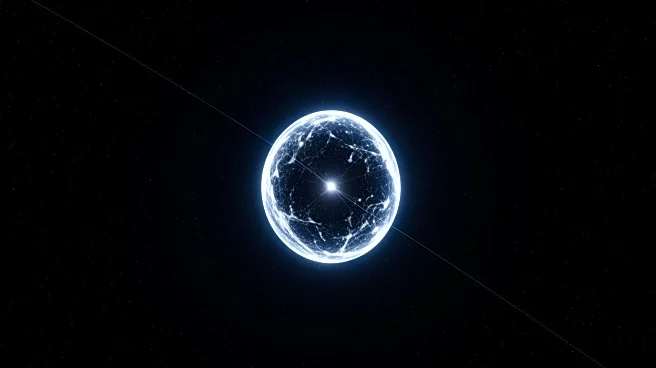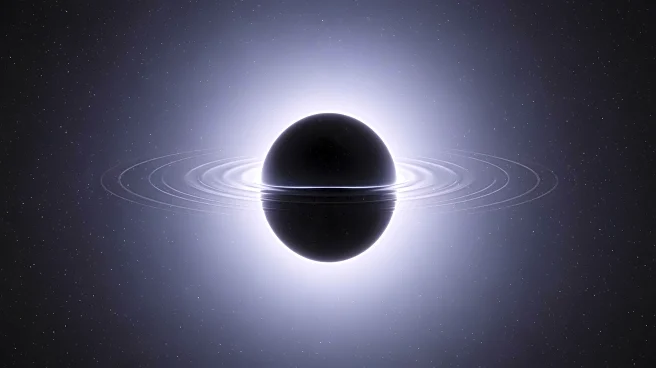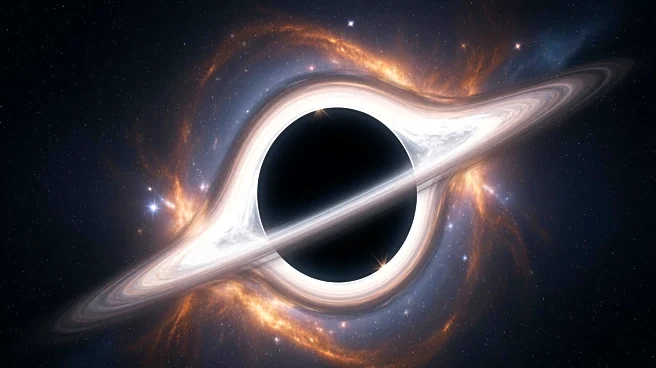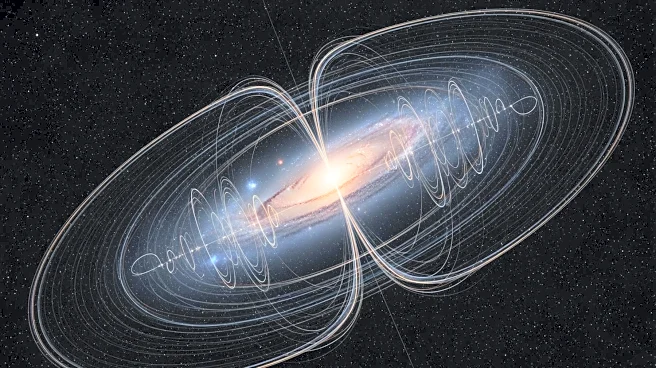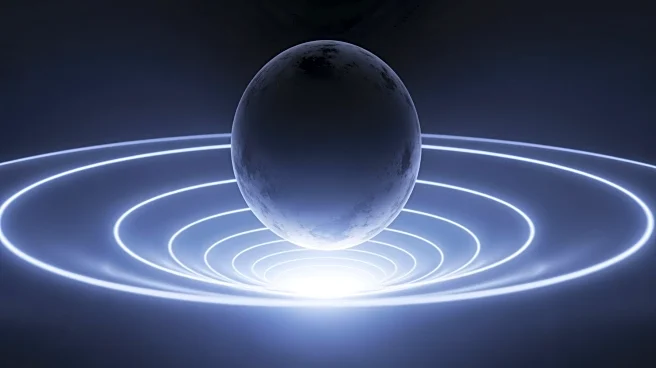What's Happening?
Researchers from Goethe University and the Tsung-Dao Lee Institute have developed a new method to test Einstein's theory of relativity using black hole shadows. By analyzing high-resolution images of black holes, scientists aim to distinguish between
Einstein's predictions and alternative theories of gravity. The study involves complex simulations to understand how different theoretical black holes would appear, potentially allowing for the validation or refutation of these theories as telescope technology advances.
Why It's Important?
This research is crucial for testing the limits of Einstein's theory of relativity, which has been the cornerstone of modern physics. By examining black hole shadows, scientists can explore the fundamental nature of gravity and space-time. Confirming or challenging Einstein's theory could lead to groundbreaking advancements in theoretical physics and our understanding of the universe. The study also highlights the potential for future telescopes to provide more detailed observations, enhancing our ability to test these theories.
What's Next?
As telescope technology improves, researchers anticipate obtaining higher-resolution images of black holes, which will allow for more precise testing of gravitational theories. The integration of additional telescopes into the Event Horizon Telescope network and the potential deployment of space-based telescopes could significantly enhance observational capabilities, providing new opportunities to explore the nature of black holes and gravity.
Beyond the Headlines
The ability to test Einstein's theory with black hole shadows represents a significant step in the quest to understand the universe's most extreme environments. It underscores the importance of continuous testing and validation of established theories, ensuring that our scientific understanding remains robust and adaptable to new discoveries.







